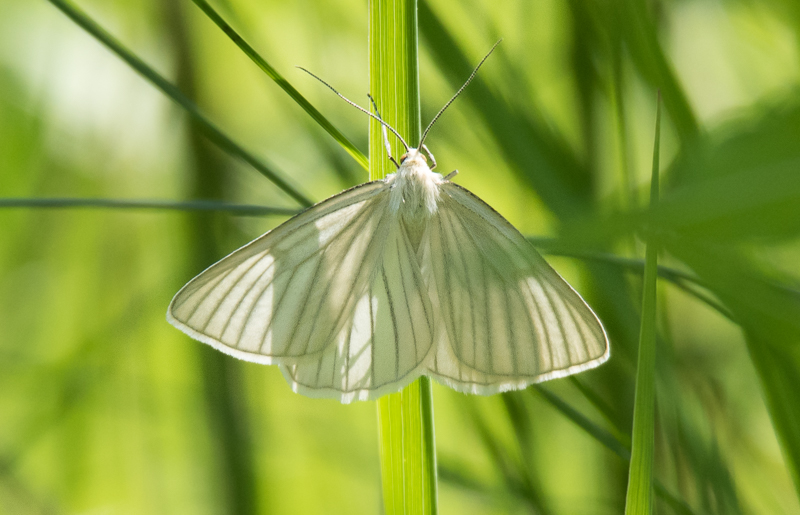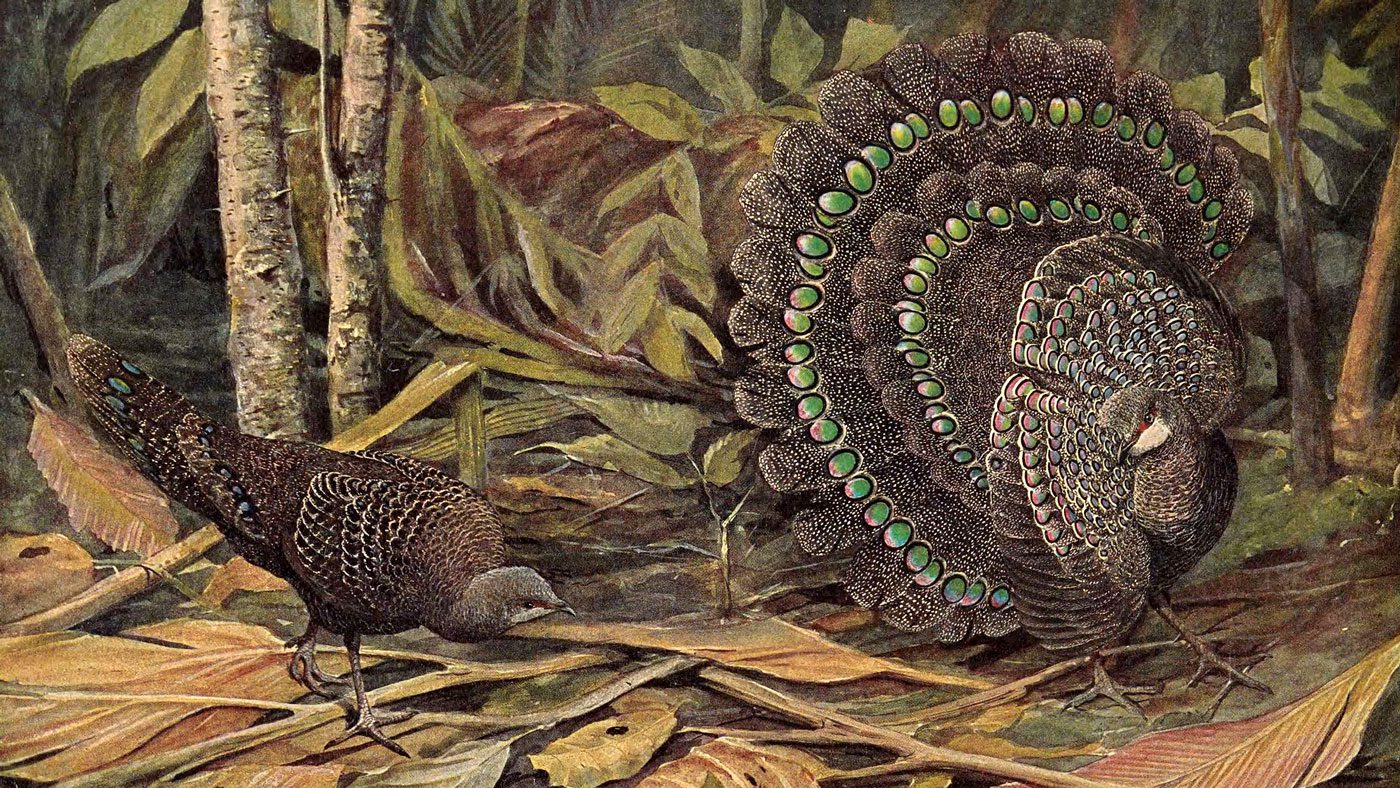Volunteers from Kent’s Magnificent Moths project, led by Butterfly Conservation, counted 255 of the rare Black-veined Moths during surveys on former farmland in Wye in East Kent.
The moth, which nectars on flowers in the sunshine and could be mistaken for a white butterfly, was close to becoming extinct in 1995 due to loss of habitat. It now only survives in the Wye countryside and is one of the five moth species that Butterfly Conservation classes as Critically Endangered.
However, through a project led by Natural England, farmers have spent the last 25 years restoring previously unproductive fields back to chalk grassland to help the species recover. Thanks to the creation of these wildflower grasslands, the ideal habitat for the Black-veined Moth, across the Kent landscape, previously isolated populations of the moth are now connected.
But the restoration process isn’t a short one. Dan Tuson, Natural England’s farm adviser, said: “Farmers are leading nature recovery through long-term one-to-one advice and close working to create new wildflower grasslands at scale. It takes around fifteen years for a field to gain the required wildflower species diversity and structure for the Black-veined Moth to colonise.”
Black-veined Moth, copyright Andy Adcock, from the surfbirds galleries
To complete their lifecycle, this moth species needs a mosaic of both tall tufts of grass and short wildflowers within the same field. This makes the moth rarer than many other insect species that live in chalk grassland. The moth colonises and increases in number when there is carefully controlled cattle grazing over the winter months which leaves a patchwork of longer and shorter areas.
This mosaic habitat is now found across over 30 chalk grassland fields. Many of these fields are next to each other, allowing for individual moths to disperse within a connected landscape of habitat which makes their populations more resilient to potential extinction events such as extreme weather.
Rebecca Levey, Kent’s Magnificent Moths Project Conservation Officer at Butterfly Conservation, said: “As part of the Kent’s Magnificent Moths project, volunteers joined daytime survey walks in June. They helped us count a peak of 255 moths, which is the highest number of Black-veined Moths recorded in one year since the restoration project began.”
Find out more about Kent’s Magnificent Moths Project here



